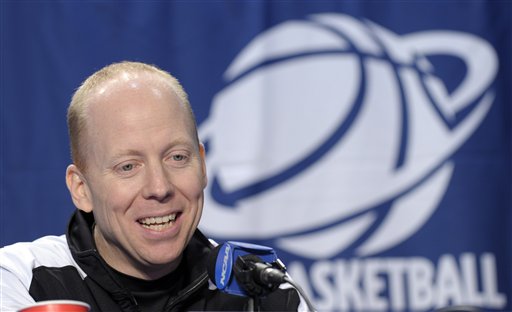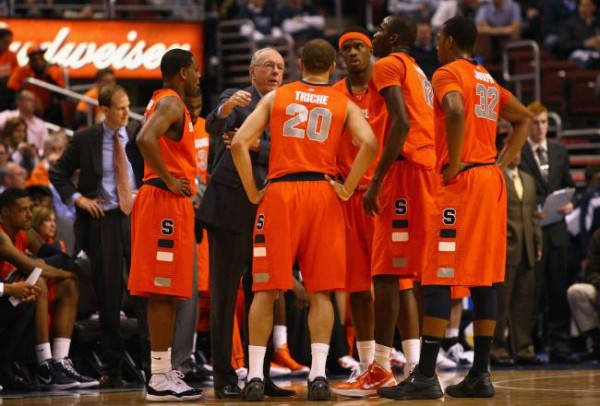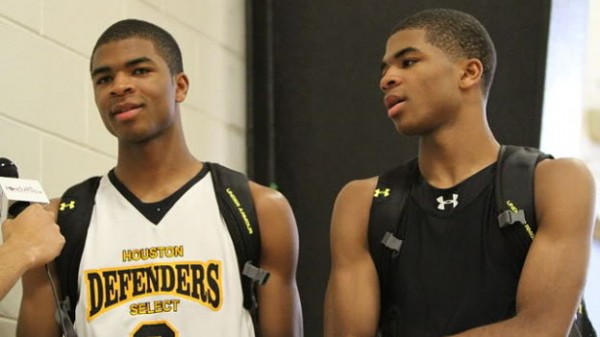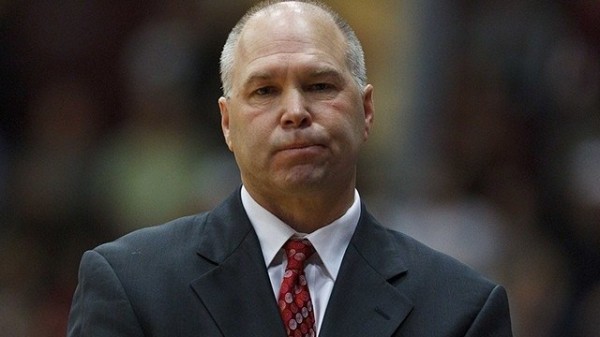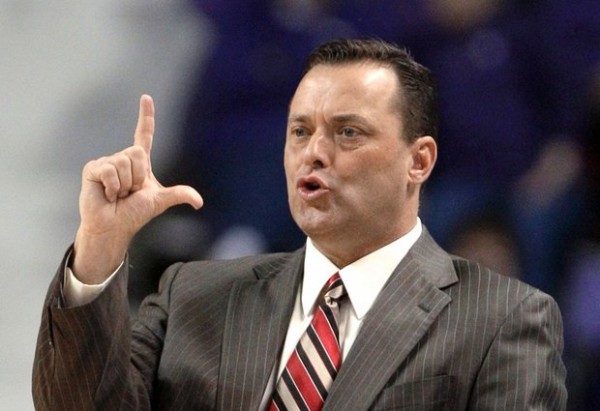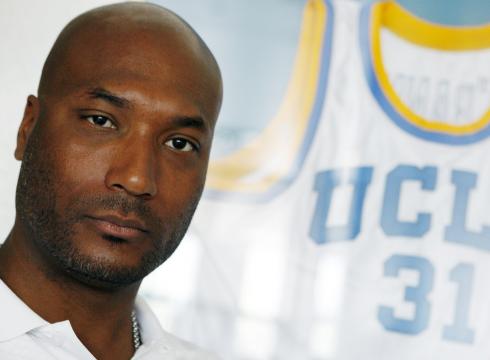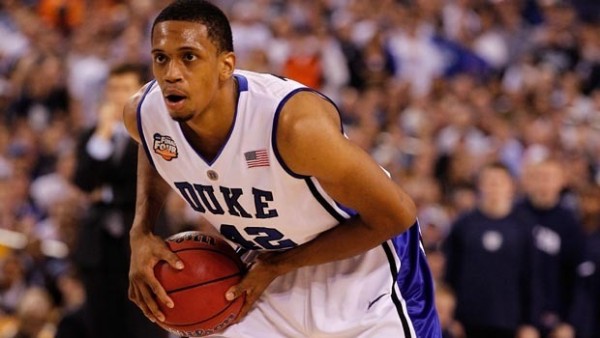Bill Self Receives Multi-Year Extension at Kansas: Is He Still Underpaid?
Posted by Chris Johnson on October 1st, 2012Chris Johnson is an RTC columnist. He can be reached @ChrisDJohnsonn.
If there’s a college basketball coach who deserves a pay raise, Bill Self probably qualifies. At face value, that statement may come off as snobbish or patronizing – many believe college athletics coaches are grossly overpaid, that their lofty range of compensation would be better spent elsewhere – but if you’re willing to accept today’s coaching salary standards as a premise for discussion, Self is long past due on the list of coaches meriting an augmented payment scale. In nine seasons at Kansas, Self has won five Big 12 Tournament championships and at least a share of eight consecutive regular season titles, led his teams to six Sweet Sixteens, five Elite Eights, two Final Fours and one National Championship, all while winning three Big 12 coach of the year awards, two national coach of the year awards and grooming nine NBA first-round draft picks. Dating back to the 2006-07 season, Self’s 197 wins are the most for a six-year period in NCAA Division I history. Even by Kansas’ elevated standards, that’s a remarkable track record. The Jayhawks rewarded Self for his unprecedented tenure Friday by extending his contract through the 2021-22 season and increasing his annual salary by $480,000 per season. The new deal guarantees Self $3.856 million per year, with multiple incentives and retention bonuses built in provided he coaches out the length of the contract.
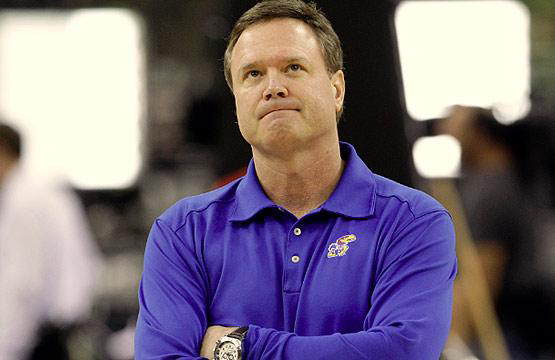
There are few coaches who have provided better bang-for-buck value than Self (Photo credit: AP Photo).
Guaranteeing any coach that level of length and/or value is risky, no matter his previous track record or positive momentum. But for Self, who has been college basketball’s overall most successful coach during his time in Lawrence, it’s hard to fret over the move. In fact, when you compare Self’s new deal with some of the sport’s most lucrative engagements, Kansas may have struck college hoops’ thriftiest salary bargain. According to USA Today’s College Basketball Coaching Salary Database for 2011-12, the newly-compensated Self now ranks fourth among college basketball coaches. Kentucky’s John Calipari ($4,497,578), Duke’s Mike Krzyzewski ($4,699,570), and Louisville’s Rick Pitino ($3,900,000) cash in ahead of Kansas’ program figurehead. Measured against these coaching heavyweights, none of whom have won as many league championships or garnered more coaching accolades than Self over the last nine years, Self is not overpaid. That’s not to say wins and championships and awards are the only factors by which coaches are assessed – there’s recruiting, off-court endeavors, programmatic impact, and so on. The point is, all things considered, Self’s status as one of the game’s four best coaches (and now one of its four highest-paid) isn’t exactly arguable. Kansas normalized his deal with the sport’s elite coaches because that’s exactly what Self is: an elite coach. Much less a pronounced splurge on behalf of the Jayhawks’ athletic department, Self’s deal was arguably a cost-savings negotiation.






























